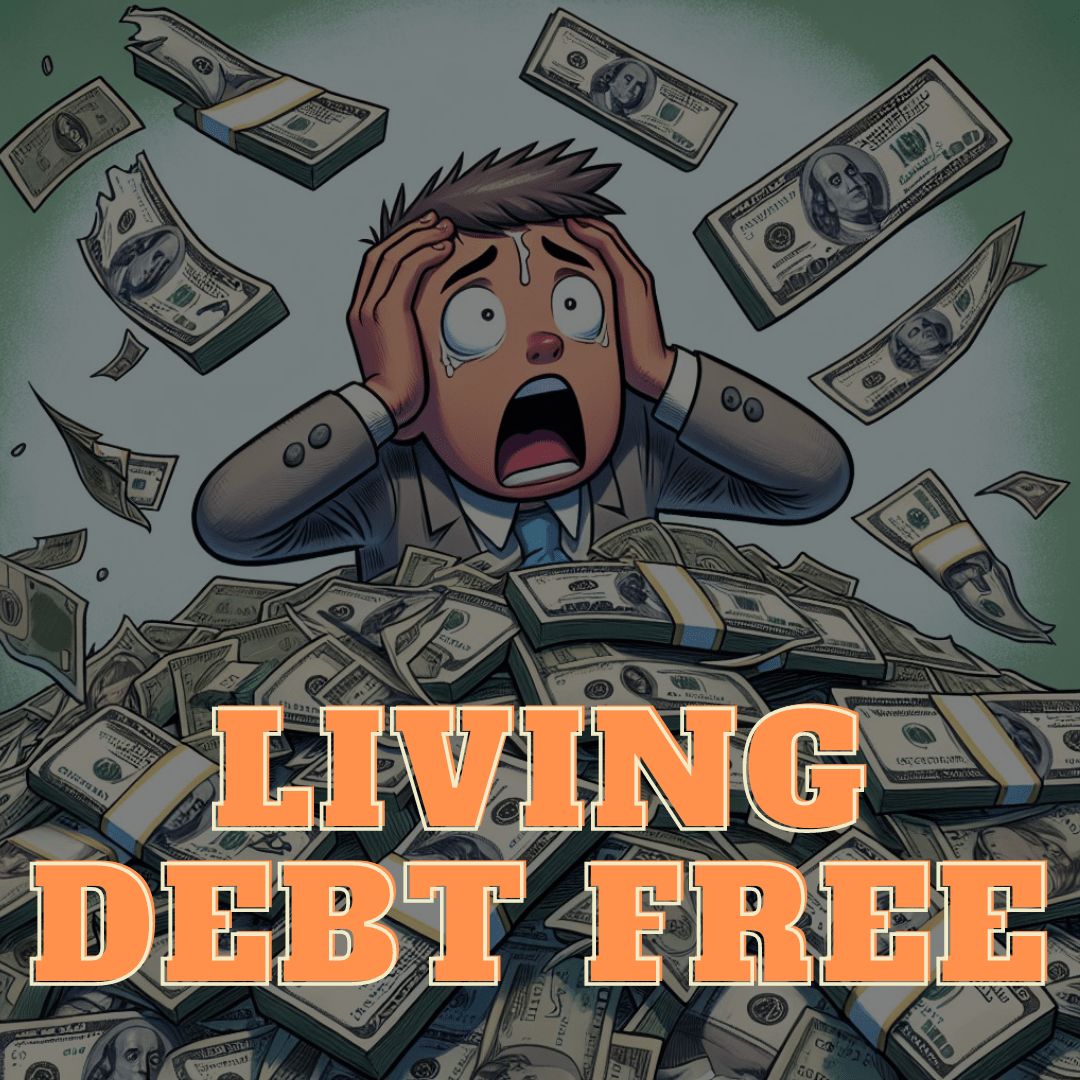Intro:
In today's world, debt has become a common aspect of many people's lives. Whether it's student loans, credit card debt, or mortgages, being in debt can feel overwhelming and stifling. However, it doesn't have to be permanent in our lives. With the right strategies and determination, becoming debt-free is within reach for anyone. In this article, we'll talk about practical strategies that I've used to help eliminate debt and pave the way towards financial freedom.
Assess Your Debt:
Before you can begin getting rid of debt, you have to understand exactly what you owe. Take a deep dive into all your debts, including outstanding balances, interest rates, and minimum monthly payments. Organize this information in a spreadsheet or list to get a comprehensive view of your financial situation. Knowing exactly where you stand financially is the first step.
Set Clear Financial Goals:
Establishing clear financial goals is crucial for staying motivated on your debt-free journey. Whether it's paying off credit card debt, student loans, or becoming mortgage-free, set specific, measurable goals that you can work towards. Break down larger goals into smaller milestones to track your progress along the way. I, personally, prioritize all "high-interest" debt first. This is debt you want to get rid of as quick as possible because it is costing you the most money.
Create a Budget:
A budget is a powerful tool for managing your finances and prioritizing debt repayment. Start by tracking your monthly income and expenses to determine where your money is going. Identify areas where you can cut back or reallocate funds towards debt repayment. Allocate a portion of your income towards debt repayment each month, making it a non-negotiable expense. (Don't know how to create a budget? You can grab our Wealth Dashboard here)
Choose a Debt Repayment Strategy:
There are several debt repayment strategies you can choose from, such as the debt snowball method or the debt avalanche method. With the debt snowball method, you focus on paying off your smallest debt first while making minimum payments on larger debts. Once the smallest debt is paid off, you roll the payment into the next smallest debt, creating momentum. The debt avalanche method, on the other hand, prioritizes paying off debts with the highest interest rates first to minimize overall interest paid (My preferred method).
Increase Your Income:
Easier said than done, I know. However, if you're able to increase your income it can help your debt repayment progress and provide financial flexibility. Look for opportunities to boost your income, such as taking on a side hustle, freelancing, or asking for a raise at work. Use any additional income towards debt repayment to speed up your journey to debt-free living.
Embrace Frugal Living:
Adopting a frugal lifestyle can help you free up more money to put towards debt repayment. Cut unnecessary expenses, shop smart, and prioritize needs over wants. Look for creative ways to save money, such as meal prepping, reducing energy consumption, and exploring free or low-cost entertainment options. Try not to look at frugal living as restrictive, but progressive. If you live frugally now and pay off debts, you can live even more freely in the future.
Stay Motivated:
The journey to debt-free living will likely be challenging at times, but staying motivated is key to success. Celebrate small victories along the way, whether it's paying off a credit card or reaching a milestone in your debt repayment plan. Surround yourself with a supportive community of like-minded individuals who can offer encouragement and accountability. That is the reason I created the Press Reset community.
Conclusion:
Achieving debt-free living is a transformative journey that requires discipline, perseverance, and commitment. By implementing these strategies and staying focused on your goals, you can break free from your debt and create a healthier financial future for yourself. Start today and take the first step towards financial freedom.

